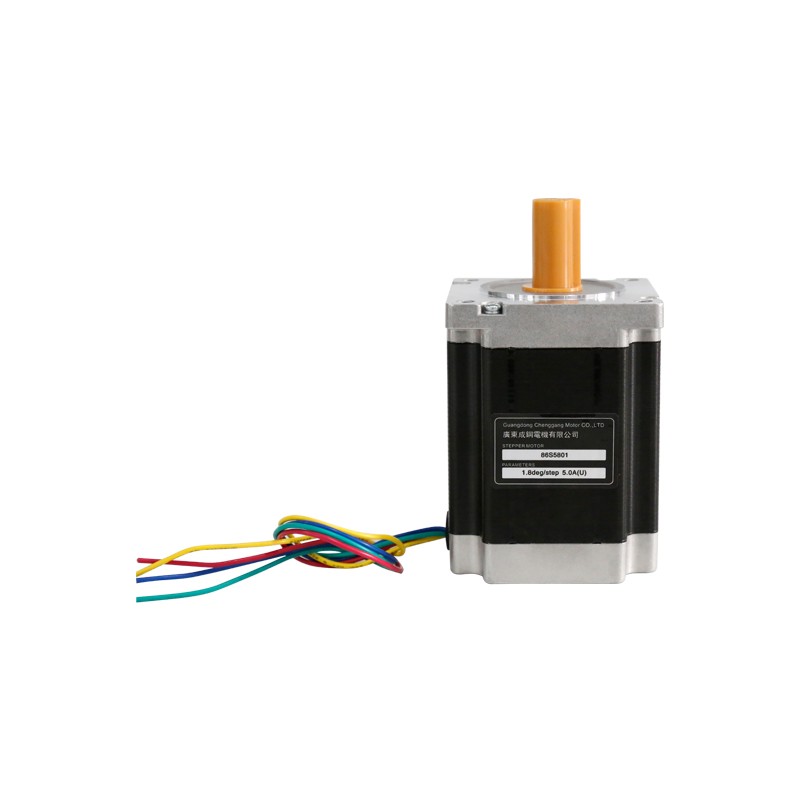Source:Industry News Release time:2022-02-28 Clicks:0 Popular:Reduction motor manufacturer

Stepper motors can be divided into three types: reaction motors, permanent magnet motors and hybrid motors. Next, the editor will explain the advantages and disadvantages of these three types of stepper motors in detail.
1. Reactive motor: This kind of motor has a relatively simple structure, low cost and small step angle. At the same time, the dynamic performance is relatively poor, the efficiency is not high, and there is heat generation, making it difficult to guarantee reliability.
2. Permanent magnet motor: Made of permanent magnet material, the rotor series and electronic series are the same, so it has the advantages of very good dynamic performance and large output torque, but it has low accuracy and relatively large torque angle. shortcoming.
3. Hybrid motor: This stepper motor combines the advantages of the first two engines, but its structure is relatively complex, manufacturing is difficult, and production costs are high.
The screw stepper motor is also called a linear stepper motor. It is rotated by a magnetic rotor core that interacts with the pulsed electromagnetic field generated by the stator. The screw stepper motor converts rotational motion into linear motion in the motor.
Working principle of screw stepper motor:
The bolt and nut engage, and some method is used to prevent the bolt and nut from rotating relative to each other, allowing the bolt to move axially. Generally speaking, there are currently two methods to achieve this transformation: one is to build a rotor with internal threads in the motor, and realize linear motion by meshing the internal threads of the rotor with the screw.
The second type uses a screw as the output shaft of the motor, and the external drive nut meshes with the screw outside the motor to achieve linear motion. The result is a greatly simplified design that allows lead screw stepper motors to be used for precise linear motion in many applications without the need for external mechanical connections.
Recommended reading
Related Information
CGXZ115
2021-01-13Governor
2021-04-17Planetary reducer
2021-04-15CGZF-042L1-5-P2
2020-12-21Planetary reducer
2021-04-15Stepper motor
2020-12-21CGX085
2021-01-13Planetary reducer
2021-04-15CGH-090L1-10-P1
2020-12-21Planetary reducer
2021-04-15CGXZK085
2021-01-13Stepper motor
2020-12-21Three phase motor
2020-12-21CGX085
2021-01-13CGF-042L2-16-P2
2020-12-21CGXZK060
2021-01-13Stepper motor
2020-12-21CGXZK042
2021-01-13